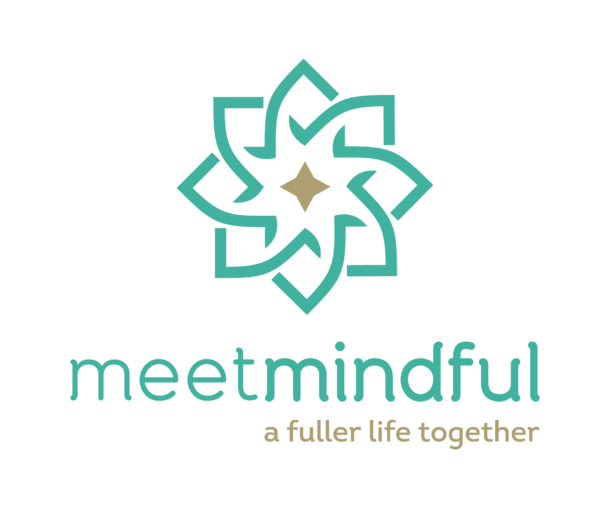Do you have a type? A pattern of partners that maybe you didn’t even realize you had?
A friend of mine will only go out with tall, slightly-muscular guys with brown hair.
Now, I on the other hand, have gone out with tall guys, short guys, skinny guys, fat guys, smart guys, dumb guys, rich guys, poor guys; but believe it or not, all of these guys have had something in common: they are all a**holes.
My friend has what I’d call a physical type.
I have an emotional type.
Having a “type” can be both good and bad. For example, if someone is only attracted to people with mustaches that could leave out amazing romantic partners who happen to be moustache-less (personally, I’m anti-mustache but will compromise if nothing else is wrong about him and/or if he’s an a**hole).
Being attracted to people with not-so-positive traits like a**hole-ness could be a reflection on self-esteem issues. This could also be a symptom of falling into the same pattern over and over without realizing there is a way out. We often fall for the same things because we already know how to work with it. There is a comfortability even if it’s not a healthy pattern or the best type for who we are currently in our life stage.
So, what can a person do?
3 Steps to Falling Out of Falling For a Type
1. Reflect
Take some time to look your dating history. List partners, friends with benefits, flings. Here’s where patterns start to emerge. For example, my friend’s first love/long term boyfriend was tall, slightly muscular with brown hair—every other boyfriend since has fit that exact mold. Why? Because she correlates that look with love.
I found that for the longest time when I’d get out of a serious relationship I’d go on a sex-binge—basically sleeping with everyone I could until I got bored. Why? Because my pattern of coping became finding distractions through sex, instead of dealing with the fact that I was going to be alone for awhile.
2. Write a Good v. Bad List
Okay, so the pattern has been recognized. Now, take whatever the pattern is and analyze it. Figure out if you are falling for certain traits that happen to be connected to bad ones.
My problem was that I wasn’t actually attracted to a**holes, because an a**hole is someone who is disrespectful and rude; what I’m actually attracted to is confidence and assertiveness. Often times those kind of traits can interlink or be confusing.
3. Do the Work
So, let’s say you’re like me and you discover that you like confidence (not a**hole-ness); your pattern, like mine, is that you get the two confused at times and end up falling for the latter.
Here’s what I do: While out meeting other people, I ask myself questions about potential partners. If I find myself attracted to someone’s behavior I ask: is this confidence or rudeness? Is this an overall positive aura I’m falling for or am I falling into an old pattern?
Recognize if it’s a bad pattern and fight against it if it is. The best way? Walk as quickly as possible in the opposite direction—run, if you have to. Do this until the pattern breaks and ceases being a pattern.
These are the simplest steps for ending that “type” that shouldn’t be a “type” anymore. Obviously if the type is working out over and over again there is no need to change things up. But then again, if a certain type of relationship is being repeated and not working out, well…. maybe, it is time for that reflection after all.
[photo: via Jonni on flickr]











